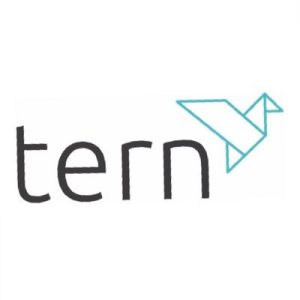The Internet of Things (IoT) excites many due to its potential to surface critical information swiftly, bypassing the delays of human intervention. By leveraging real-time data, businesses can achieve efficiencies, support innovative business models, and derive actionable insights. The success of IoT hinges on the seamless connection and data exchange among IoT devices, edge devices, and the cloud.
In regions with robust cellular network coverage, high-speed broadband, and effective Wi-Fi, IoT can truly shine. Unfortunately, some of the most compelling IoT applications exist in areas where these connectivity options are unreliable or absent. Logistics applications often span vast, variable geographies, agricultural use cases operate in rural settings with limited connectivity options, and energy applications, such as offshore wind or oil and gas monitoring, face particularly challenging conditions.
Low Power Wide Area Network (LPWAN) solutions, like LoRa and SigFox, are frequently suggested as a means to meet connectivity needs in remote areas. However, these solutions typically cover only about 10 to 15 kilometres, which is often insufficient for large farms or distant applications. This is where satellite networks come into play, offering a viable solution to overcome geographical and connectivity challenges.
Satellite networks provide connectivity in areas lacking cellular or broadband coverage. They rely on Low Earth Orbit (LEO) satellites, which orbit between 200 and 2,000 kilometres above the Earth’s surface. Over 2,068 nano satellites, some as small as a shoebox, orbit the Earth, offering a cost-effective solution due to their relatively low production, launch, and maintenance costs.
LEO satellites, while having a narrower communication field than geostationary satellites, rotate quickly around the Earth, travelling at 7.3 kilometres per second with multiple daily revolutions. This rapid rotation ensures that a specific LEO satellite will pass over any given spot on Earth at least once a day. For applications requiring more frequent data collection, a constellation of LEO satellites is necessary.
For IoT devices to connect via satellite, they must be equipped with satellite communication terminals, allowing direct connection to orbiting satellites without terrestrial infrastructure. Data collected by IoT devices is processed, packaged, and transmitted using selected frequencies and protocols, such as the MQTT IoT messaging protocol. The satellite then relays this data back to ground stations on Earth, from where it can be forwarded via terrestrial networks to local or cloud storage for display, recording, and analysis. Billing is typically based on the number of data packages sent and received through the satellite network.
Businesses seeking to gather data from devices in areas with limited or no broadband or cellular coverage will find satellite connectivity an effective solution. Satellite connectivity can ensure 100 percent global coverage for IoT applications or fill in dead spots where terrestrial networks are unavailable. It also offers a robust option for building redundancy into IoT solutions where a 24/7 real-time connection is crucial.
Tern plc (LON:TERN) backs exciting, high growth IoT innovators in Europe. They provide support and create a genuinely collaborative environment for talented, well-motivated teams.


